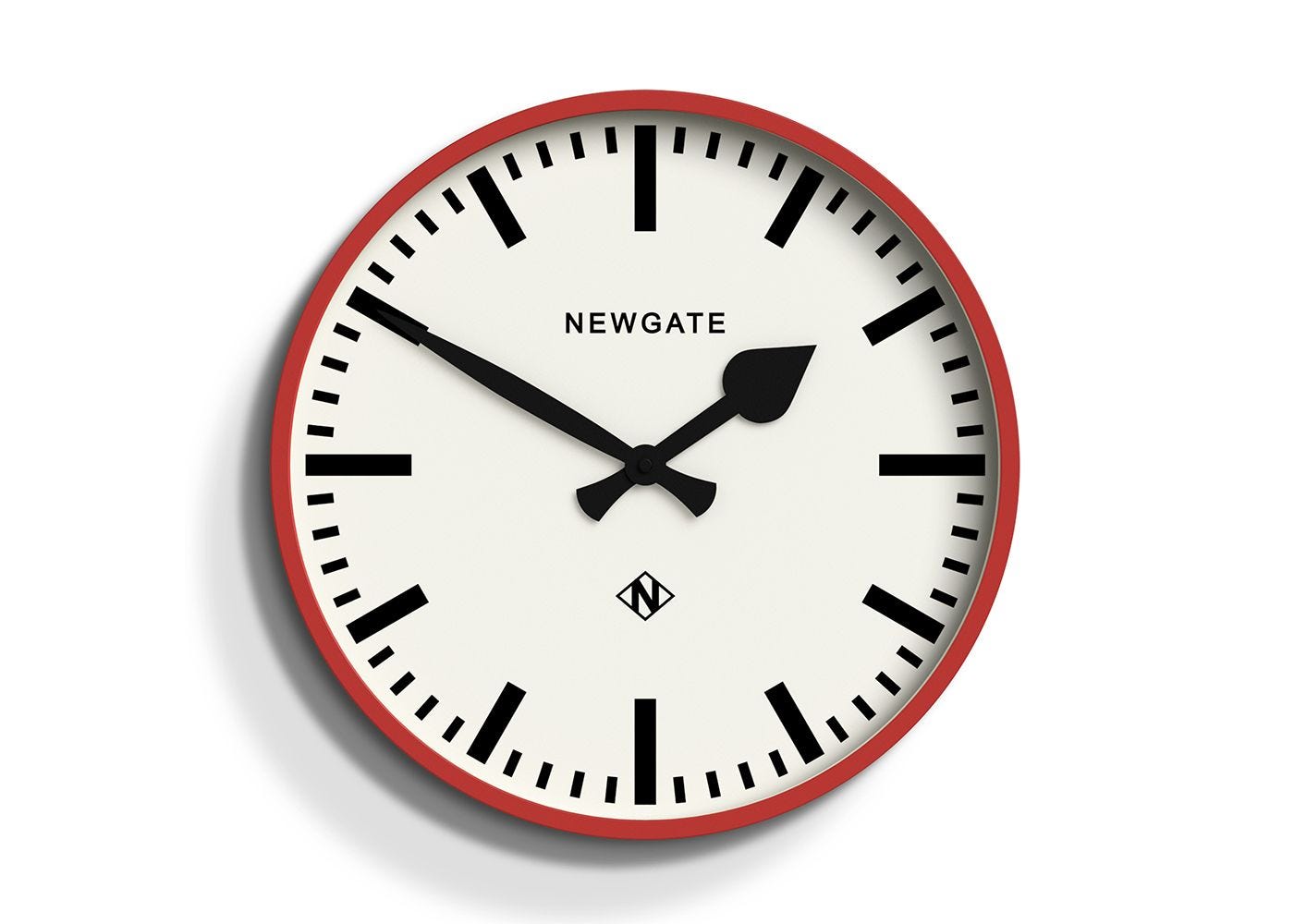

Articles
How Many Hands Are There In A Wall Clock
Modified: February 24, 2024
Discover interesting articles about the inner workings of wall clocks and find out how many hands are typically found on these timepieces. Explore our informative content now!
(Many of the links in this article redirect to a specific reviewed product. Your purchase of these products through affiliate links helps to generate commission for Storables.com, at no extra cost. Learn more)
Introduction
Wall clocks have been a staple in homes, offices, and public spaces for centuries. They not only serve the practical purpose of telling time but also add a touch of style and elegance to any room. Whether it’s a classic analog clock or a sleek digital display, wall clocks have become an essential part of our everyday lives.
In this article, we will delve into the history and evolution of wall clocks, explore the different types available, and take a closer look at the intricate mechanisms that make them tick. So, let’s turn back the hands of time and embark on a fascinating journey into the world of wall clocks.
Key Takeaways:
- Wall clocks have a rich history, from ancient civilizations to modern innovations. They serve as both functional timekeepers and decorative pieces, adding elegance and style to any space.
- Whether it’s the precision of atomic clocks, the elegance of pendulum clocks, or the convenience of digital clocks, wall clocks are timeless expressions of craftsmanship and artistry, enriching our lives with every passing moment.
Read more: How To Remove The Hands From A Wall Clock
The History of Wall Clocks
The concept of measuring time dates back to ancient civilizations, but it was not until the 14th century that the first mechanical wall clocks were created. These early timekeeping devices were monumental structures, typically housed in public buildings or churches.
The most significant breakthrough in the history of wall clocks came in the 17th century with the invention of the pendulum clock by Dutch physicist and mathematician, Christiaan Huygens. The introduction of the pendulum mechanism provided a more accurate means of measuring time, leading to a revolution in clockmaking.
During the following centuries, craftsmen and artisans refined the design and functionality of wall clocks. Grandfather clocks, also known as longcase clocks, became popular in the late 17th century, featuring a tall case and a pendulum mechanism hidden behind a decorative facade.
In the 19th century, technological advancements and the Industrial Revolution propelled the mass production of wall clocks. This period saw the rise of ornate and intricately designed clocks, showcasing the craftsmanship and artistic skills of the clockmakers.
With the advent of electricity in the late 19th century, electric-powered wall clocks gained popularity. These clocks eliminated the need for winding and featured a more precise timekeeping mechanism.
In the modern era, wall clocks have undergone significant transformations. The introduction of quartz technology in the 20th century revolutionized timekeeping. Quartz wall clocks use a quartz crystal oscillator to regulate time, ensuring exceptional accuracy and reliability.
Today, wall clocks come in various styles, from vintage and antique designs to sleek and minimalist models. With the advent of smart technology, we now have digital wall clocks that can display not only the time but also weather information, calendar alerts, and even connect to our smartphones or smart home systems.
As we move into the future, the fascinating history of wall clocks continues to shape the designs and innovations of these timekeeping devices. From ancient sundials to state-of-the-art digital displays, wall clocks are not only functional but also serve as decorative pieces that enhance the ambiance of any space.
The Anatomy of a Wall Clock
While wall clocks come in various shapes, sizes, and designs, they all share a common structure and components. Understanding the anatomy of a wall clock can help us appreciate the intricate mechanisms that allow it to accurately measure time. Let’s take a closer look at the key parts of a wall clock:
- Dial: The dial is the face of the clock and displays the hour markers and numbers. It can be made of various materials, such as metal, plastic, or glass, and often features decorative elements.
- Hands: The hands of a wall clock are essential for indicating the time. There are typically three hands: the hour hand, minute hand, and second hand. They are typically made of metal and vary in length to indicate the different units of time.
- Hour Hand: The hour hand is the shortest hand on the clock and indicates the current hour. It moves at a slower pace than the other hands, taking 12 hours to complete one full rotation.
- Minute Hand: The minute hand is longer than the hour hand and indicates the current minute. It moves at a faster pace, completing a full rotation in 60 minutes.
- Second Hand: The second hand is the longest hand on the clock and indicates the seconds. Some clocks may not have a second hand, while others have a continuously moving or ticking second hand.
- Mechanism: The mechanism of a wall clock is the heart of its timekeeping functionality. It consists of gears, springs, and other components that work together to regulate the movement of the hands. The most common types of clock mechanisms are quartz and mechanical.
- Battery Compartment: In battery-powered wall clocks, a compartment is located on the back or bottom of the clock to house the battery that provides power to the clock mechanism.
- Hanging Mechanism: Wall clocks are designed to be hung on the wall, and they feature a hanging mechanism that allows them to be securely mounted. This can be in the form of hooks, brackets, or keyhole slots.
Understanding the anatomy of a wall clock not only gives us insight into its inner workings but also allows us to appreciate the craftsmanship and engineering that goes into creating these timekeeping devices. Whether it’s a classic analog clock or a modern digital display, each component plays a vital role in ensuring accurate and reliable timekeeping.
The Hour Hand
The hour hand is a fundamental component of a wall clock, responsible for indicating the current hour. It is typically the shortest hand on the clock and moves at a slower pace than the other hands. Let’s explore the key characteristics and functions of the hour hand:
- Length: The hour hand is designed to be shorter than the minute and second hands, allowing for easy differentiation between the three. Its length is carefully proportioned to ensure accuracy in timekeeping and readability of the hour markers on the clock dial.
- Movement: The movement of the hour hand is synchronized with the clock’s mechanism. It rotates around the clock dial and completes one full rotation in 12 hours, indicating the progression of time in hours. The smooth and steady movement of the hour hand contributes to the overall aesthetic and functionality of the clock.
- Hour Markers: The hour hand aligns with the hour markers on the clock dial, indicating the specific hour. These markers are typically represented by numbers or Roman numerals, allowing for easy reading and understanding of the current time. The hour hand may point directly at the hour marker or slightly in between two markers, depending on the exact time.
- Design: The design of the hour hand can vary, depending on the style and theme of the wall clock. It may feature a simple, straight design or incorporate decorative elements such as curves, filigree, or embellishments. The shape and style of the hour hand contribute to the overall visual appeal of the clock, enhancing its aesthetic value as a decorative piece.
- Adjustment: In some wall clocks, the hour hand can be adjusted manually to account for changes in time, such as daylight saving time or different time zones. This is typically done by gently moving the hour hand forward or backward without affecting the movement of the other hands. It is essential to follow the manufacturer’s instructions to ensure proper adjustment without damaging the clock or its mechanism.
The hour hand is an integral element of a wall clock, working in harmony with the minute and second hands to provide an accurate representation of time. As we glance at the clock throughout the day, the movement of the hour hand allows us to keep track of the passing hours and helps us organize our daily activities. Its functionality, design, and precision make it a crucial component of any wall clock, both in terms of timekeeping and overall visual appeal.
The Minute Hand
The minute hand is a crucial component of a wall clock, responsible for indicating the current minute. It is typically longer than the hour hand and moves at a faster pace. Let’s delve into the key features and functions of the minute hand:
- Length: The minute hand is designed to be longer than the hour hand, allowing for easy differentiation between the two. Its extended length enables precise timekeeping and ensures readability of the minute markers on the clock dial.
- Movement: The movement of the minute hand is synchronized with the clock’s mechanism. It rotates around the clock dial and completes one full rotation in 60 minutes, indicating the progression of time in minutes. The swift and continuous movement of the minute hand allows for accurate tracking of time intervals.
- Minute Markers: The minute hand aligns with the minute markers on the clock dial, indicating the specific minute. These markers are typically represented by small ticks or numbers positioned along the circumference of the dial. The minute hand may point directly at a minute marker or slightly in between two markers, depending on the exact minute.
- Design: The design of the minute hand can vary, depending on the style and theme of the wall clock. It is often more slender than the hour hand, allowing for precise movement and minimizing overlap between the two hands. The shape and style of the minute hand can range from simple straight lines to decorative elements, enhancing the visual appeal of the clock.
- Accuracy: The accuracy of the minute hand is crucial for precise timekeeping. Wall clocks with accurate mechanisms ensure that the minute hand moves smoothly and aligns precisely with the minute markers on the dial. Minute hand accuracy is particularly significant in settings where precise time management is essential, such as offices, schools, or train stations.
- Adjustment: In some wall clocks, the minute hand can be adjusted manually to synchronize it with an external time source or account for changes in time, such as daylight saving time. Adjusting the minute hand should be done carefully and precisely, following the manufacturer’s instructions, to avoid damaging the clock or affecting the movement of other hands.
The minute hand plays a vital role in timekeeping, allowing us to track the passing minutes and manage our schedules efficiently. Its movement and alignment with the minute markers on the clock dial enable us to gauge time intervals accurately. The design and accuracy of the minute hand contribute to the overall functionality and aesthetic appeal of a wall clock, making it an essential component in every timekeeping device.
Read more: How To Make A Wall Clock
The Second Hand
The second hand is a significant component of a wall clock, responsible for measuring and indicating the seconds. It is typically the longest and thinnest hand on the clock, providing a precise measurement of time. Let’s delve into the key features and functions of the second hand:
- Length: The second hand is designed to be the longest hand on the clock, ensuring easy differentiation from the hour and minute hands. Its extended length allows for accurate reading and precise tracking of the seconds.
- Movement: The movement of the second hand is synchronized with the clock’s mechanism. It rotates around the clock dial and completes one full rotation in 60 seconds, indicating the progression of time in seconds. The second hand moves in a continuous, smooth motion, providing a continuous measurement of time.
- Seconds Markers: The second hand aligns with the seconds markers on the clock dial, indicating the specific second. These markers are usually represented by smaller ticks or numeric indicators positioned along the circumference of the dial. The second hand may point directly at a second marker or slightly in between two markers, depending on the precise second.
- Tick-Tock or Continuous Sweep: Some clocks feature a second hand that moves in a traditional “tick-tock” motion, where it moves from one second marker to the next in a discrete manner, creating the familiar ticking sound. However, there are clocks that have a continuous sweep second hand that moves in a smooth, uninterrupted motion. Continuous sweep second hands provide a sleek and silent operation, creating a more modern and refined look.
- Accuracy: The accuracy of the second hand is crucial for precise timekeeping. In timepieces with accurate mechanisms, the second hand moves with consistent and precise intervals, ensuring accurate tracking of seconds. High-precision clocks, such as atomic clocks, showcase an exceptionally accurate and synchronized second hand, making them suitable for scientific, industrial, or professional use.
- Chronograph Functionality: Some wall clocks come with additional functionality, such as a chronograph feature. A chronograph allows the user to measure elapsed time using the second hand as a stopwatch. This can be useful in various applications, such as timing sporting events, cooking, or fitness activities.
- Decorative Element: The design of the second hand can be a decorative element in itself, adding visual interest to the overall appearance of the clock. It may showcase a unique shape, color, or finishing, elevating the aesthetic appeal of the timepiece.
The second hand adds another dimension to the functionality of a wall clock, providing a precise measurement of seconds and enhancing our understanding of time. Its movement, alignment with second markers, and accuracy contribute to the overall precision and reliability of the clock. Whether it moves with a traditional ticking motion or a continuous sweep, the second hand is an important element in timekeeping, allowing us to track and manage time with ease.
A wall clock typically has two hands: the hour hand and the minute hand. The hour hand is shorter and moves slowly, while the minute hand is longer and moves faster.
Types of Wall Clocks
Wall clocks come in a variety of styles and designs, each offering unique features and functionalities. Whether you prefer a classic analog clock or a modern digital display, there is a wall clock to suit every taste and preference. Let’s explore some of the most popular types of wall clocks:
- Digital Wall Clocks: Digital wall clocks feature LED or LCD displays that show the time in numeric form. They provide a clear and easily readable display, often including additional features such as date, day of the week, temperature, and alarm functionality. Digital wall clocks are popular in offices, schools, and public spaces due to their precise timekeeping and convenience.
- Analog Wall Clocks: Analog wall clocks are the traditional and timeless type of clocks that use hour, minute, and second hands to indicate the time on a dial. They come in various designs, from classic round shapes to unique and artistic styles. Analog wall clocks often have audible ticking sounds, adding a touch of nostalgia and charm to any space.
- Pendulum Wall Clocks: Pendulum wall clocks feature a swinging pendulum mechanism. The mesmerizing motion of the pendulum adds elegance and sophistication to the clock. Pendulum clocks often have intricate designs and ornate details, making them a statement piece in any room.
- Atomic Wall Clocks: Atomic wall clocks rely on radio signals to automatically synchronize with a highly precise atomic clock. They provide exceptional accuracy, adjusting themselves to the most accurate time available. Atomic wall clocks are perfect for environments where precise timekeeping is crucial, such as scientific labs or professional settings.
- Vintage Wall Clocks: Vintage wall clocks are designed to evoke nostalgia and create a retro vibe. They often feature antique finishes, distressed materials, and classic designs inspired by different periods of history. Vintage wall clocks add a touch of old-world charm and elegance to any space.
- Custom Wall Clocks: Custom wall clocks offer the opportunity to personalize your timepiece. They can be customized with names, logos, or special designs, making them ideal for gifts or branding purposes. Custom wall clocks allow you to showcase your creativity and create a unique statement piece in your home or workplace.
- Specialty Wall Clocks: Specialty wall clocks cater to specific needs or interests. For example, there are weather station wall clocks that display not only the time but also weather forecasts, temperature, and humidity. Educational wall clocks are designed for children, featuring colorful illustrations of numbers, letters, or educational themes. There are even wall clocks that display artistic or abstract designs, adding a touch of creativity to your space.
Regardless of the type, wall clocks serve both a functional and decorative purpose. They not only help us keep track of time but also add character and style to our surroundings. Whether you prefer the timeless elegance of analog clocks or the technologically advanced features of digital clocks, there is a wall clock that will suit your needs and complement your personal style.
Digital Wall Clocks
Digital wall clocks have become increasingly popular in recent years due to their clear display and convenient features. These clocks utilize LED or LCD technology to showcase the time in numeric form, offering a modern and sleek aesthetic. Let’s explore the key features and benefits of digital wall clocks:
- Precise Timekeeping: Digital wall clocks provide highly accurate timekeeping. They are often synchronized with atomic clocks or utilize quartz movements for exceptional precision. This ensures that you can rely on your digital wall clock for accurate timekeeping in your home or office.
- Clear Display: The numeric display of digital wall clocks makes it easy to read the time at a glance. The large, bold digits are easily visible from a distance, eliminating any potential ambiguity or confusion. This clear display is especially useful for those with visual impairments or for spaces with poor lighting conditions.
- Additional Features: Digital wall clocks often come equipped with additional features, enhancing their functionality. Some models display the date, day of the week, and indoor temperature. Others may include alarms, timer functions, or even Bluetooth connectivity for integration with other devices.
- Convenience: Digital wall clocks are known for their user-friendly operation. They are simple to set up and adjust, with intuitive controls that allow you to customize various settings. Additionally, many digital clocks feature battery backup functionality, ensuring they continue to operate during power outages.
- Versatility: Digital wall clocks come in a variety of styles and sizes to suit different preferences and spaces. They are available in compact designs suitable for small rooms or sleek and thin profiles for a minimalist look. You can choose from a range of finishes, such as metallic, plastic, or wood, to match your decor.
- Visibility: The bright LED or LCD display of digital wall clocks ensures optimal visibility even in dimly lit environments. This makes them particularly useful in areas where quick and accurate time readings are essential, such as offices, classrooms, hospitals, and public spaces.
- Synchronization: Some digital wall clocks can synchronize with atomic clocks or receive radio signals to automatically update the time. This feature eliminates the need for manual adjustments and ensures that your clock remains accurate and in sync with the precise time.
Whether you prefer a minimalist design or a feature-rich model, digital wall clocks offer a range of options to suit your needs. They combine precise timekeeping, clear visibility, and additional features to provide a convenient and versatile timekeeping solution. With their sleek and modern appearance, digital wall clocks can seamlessly blend into any contemporary space, adding functionality and style to your interior decor.
Analog Wall Clocks
Analog wall clocks are the timeless and classic choice for timekeeping. They rely on hour, minute, and second hands to indicate the time on a dial, offering a traditional and elegant aesthetic. Let’s explore the key features and benefits of analog wall clocks:
- Timeless Elegance: Analog wall clocks exude a timeless elegance, adding a touch of sophistication to any room. Their traditional design and intricate detail make them a decorative piece in their own right, enhancing the aesthetic appeal of your space.
- Quiet Operation: Unlike digital wall clocks, analog clocks operate silently, without any ticking noises. This makes them ideal for spaces where a serene and peaceful environment is desired, such as bedrooms, living rooms, libraries, or offices.
- Enhanced Readability: Analog wall clocks feature hour, minute, and second hands that allow for quick and precise time reading. The hands move in a continuous and smooth motion, providing a fluid representation of time and making it easy to determine the exact time at a glance.
- Decorative Versatility: Analog wall clocks come in a wide variety of styles, sizes, and designs, allowing you to select one that suits your personal taste and complements your decor. From classic round faces to unique and artistic shapes, analog clocks can be a focal point in your home or office.
- Connection to Tradition: Analog clocks connect us to a historical tradition of timekeeping. They evoke a sense of nostalgia, reminding us of a simpler time when clock mechanisms were crafted with precision and mechanical ingenuity. Owning an analog wall clock allows us to appreciate the craftsmanship and artistry of these timepieces.
- Aesthetic Flexibility: Analog wall clocks can be easily integrated into various design themes. Whether your space has a traditional, modern, retro, or eclectic style, there is an analog clock that will complement and enhance the visual appeal of your room.
- Mechanical Appreciation: Analog wall clocks often utilize mechanical movements, which can be powered by either batteries or winding mechanisms. This mechanical aspect adds another layer of interest and appreciation for the intricate mechanisms that work behind the scenes to keep time accurately.
- Symbol of Simplicity: Analog wall clocks offer a simple and easy-to-understand representation of time. The hour, minute, and second hands work harmoniously to showcase the passage of time, reminding us to take a moment to appreciate the present and not get caught up in the complexities of the digital world.
Analog wall clocks provide not only a functional timekeeping tool but also a decorative and nostalgic addition to your space. Their timeless elegance, quiet operation, and versatility make them a popular choice for both traditional and modern interiors. Whether you opt for a vintage-inspired design or a contemporary interpretation, an analog wall clock is sure to bring charm and sophistication to your home or office.
Read more: How To Repair Wall Clock
Pendulum Wall Clocks
Pendulum wall clocks are a classic and elegant choice, known for their captivating swinging pendulum mechanism. These clocks combine accurate timekeeping with aesthetic appeal, making them a popular choice for adding a touch of sophistication to any space. Let’s explore the key features and benefits of pendulum wall clocks:
- Swinging Pendulum: The swinging pendulum is the centerpiece of a pendulum wall clock. It adds a mesmerizing and rhythmic motion that captures attention and creates a calming ambiance. The pendulum’s graceful movement is not only visually appealing but also serves as an excellent symbol of time’s passage.
- Elegant Design: Pendulum wall clocks often feature ornate designs and intricate detailing. They showcase craftsmanship and timeless beauty, making them a classic addition to traditional, vintage, or antique-inspired interiors. From carved wood to metal accents, the design elements of pendulum clocks enhance their visual allure.
- Timekeeping Precision: Pendulum clocks employ mechanical movements that require regular winding. This traditional method of timekeeping offers a sense of tradition and authenticity. The pendulum’s swinging motion regulates the clock’s mechanisms, resulting in accurate and reliable timekeeping.
- Audible Ticking: The rhythmic ticking sound produced by a pendulum wall clock can evoke a sense of comfort and nostalgia. This soft, gentle sound can provide a soothing background ambiance, creating a relaxing atmosphere in your home or office space.
- Decorative Focal Point: Pendulum wall clocks are often considered statement pieces. Their larger size and captivating design make them stand out as a focal point in any room. A pendulum clock can become an eye-catching centerpiece that adds personality and style to your interior decor.
- Historical Significance: Pendulum wall clocks have a rich history dating back to the 17th century. They represent a connection to an era when clockmaking advancements were at the forefront of technological progress. Owning a pendulum clock allows you to appreciate the artistry and engineering feats of the past.
- Ambiance and Sophistication: Pendulum wall clocks exude an air of sophistication and refinement. Their presence adds a touch of elegance to any interior, be it a living room, study, or grand foyer. Pendulum clocks are often associated with timeless luxury and can elevate the overall ambiance of a space.
- Family Heirlooms: Pendulum wall clocks are often passed down through generations, becoming cherished family heirlooms. They carry sentimental value and evoke memories of the past. Inheriting or acquiring a pendulum clock can be a special connection to your family history and a valuable piece of your heritage.
Pendulum wall clocks offer a combination of visual appeal, historical significance, and accurate timekeeping. They bring an element of sophistication and elegance to a space, becoming a focal point that draws attention and serves as a testament to the craftsmanship of clockmakers throughout the centuries.
Atomic Wall Clocks
Atomic wall clocks are known for their exceptional accuracy and precision, thanks to their connection to atomic timekeeping standards. These clocks offer precise time synchronization, ensuring that you always have the most accurate and reliable time at your disposal. Let’s explore the key features and benefits of atomic wall clocks:
- Automatic Time Synchronization: Atomic wall clocks receive radio signals or connect to atomic clocks via the internet to automatically synchronize the time. This synchronization ensures that your clock is always accurate and aligned with the most precise timekeeping standards available.
- Unparalleled Accuracy: Atomic clocks obtain their accuracy by referencing atomic oscillations, which are incredibly stable and consistent. As a result, atomic wall clocks showcase unparalleled accuracy, with negligible deviations from exact time. They are considered some of the most precise timekeeping instruments available.
- Reliable Timekeeping: By automatically synchronizing with atomic time sources, atomic wall clocks offer reliable and precise timekeeping across various time zones. They eliminate the need for manual adjustments, ensuring that you have the correct time, whether you are at home or traveling.
- Daylight Saving Time Adjustment: Most atomic wall clocks automatically adjust for daylight saving time. They detect and account for the time changes, ensuring your clock always reflects the accurate local time, even when the clocks are moved forward or backward.
- Easy to Set Up and Use: Atomic wall clocks are designed for user-friendly operation. They typically require minimal setup, with automatic time synchronization being a straightforward process. Once set up, the clocks operate independently, automatically adjusting and maintaining their accuracy.
- Consistent Operation: Atomic clocks use quartz crystal oscillators to maintain consistent frequency and accuracy. This ensures that the clock operates reliably and consistently, delivering precise timekeeping day after day without significant deviations or drift.
- Wide Range of Styles: Atomic wall clocks come in various styles, sizes, and designs to suit different preferences and interior aesthetics. Whether you prefer a classic analog design or a modern digital display, there is an atomic clock that will complement your home or office decor.
- Scientific and Professional Applications: Due to their exceptional accuracy, atomic wall clocks are widely used in scientific research, laboratories, and professional settings where precise timekeeping is of utmost importance. They are relied upon in fields such as astronomy, aviation, telecommunications, and more.
Atomic wall clocks offer unparalleled precision and reliability in timekeeping. With automatic synchronization, these clocks provide accurate time readings that can be relied upon for various applications. Whether you need precise time management for scientific, professional, or personal purposes, an atomic wall clock is an excellent choice to ensure you stay on schedule with the utmost accuracy.
Conclusion
Wall clocks have come a long way since their inception, evolving to cater to different preferences, lifestyles, and design aesthetics. Whether you opt for a digital display or prefer the timeless elegance of analog or pendulum clocks, each type offers its own unique benefits and charm. Atomic wall clocks provide unparalleled precision and synchronization, ensuring accurate timekeeping down to the second.
Regardless of the type of wall clock you choose, they serve as more than just timekeeping devices. They are decorative pieces that enhance the ambiance of a space, adding elegance, sophistication, and a touch of personal style. Wall clocks become focal points, creating a sense of nostalgia, connecting us to the past, and reminding us to appreciate the present.
From the swinging pendulum of a traditional clock to the clear digital display of a modern timepiece, wall clocks are more than mere instruments for measuring time. They are an expression of our appreciation for beauty, craftsmanship, and the passing of moments in our lives.
So whether you rely on the precision of an atomic clock, admire the artistic elegance of a pendulum clock, appreciate the simplicity of an analog clock, or embrace the convenience of a digital clock, let a wall clock adorn your living or work space, adding a touch of style and functionality to your everyday life.
As time continues to move forward, wall clocks will remain a timeless and essential part of our lives, reminding us of both the fleeting nature of time and the enduring beauty of well-crafted timepieces. So, embrace the art of timekeeping, find the perfect wall clock that speaks to you, and cherish the moments that pass as each second, minute, and hour gracefully unfolds before your eyes.
Frequently Asked Questions about How Many Hands Are There In A Wall Clock
Was this page helpful?
At Storables.com, we guarantee accurate and reliable information. Our content, validated by Expert Board Contributors, is crafted following stringent Editorial Policies. We're committed to providing you with well-researched, expert-backed insights for all your informational needs.
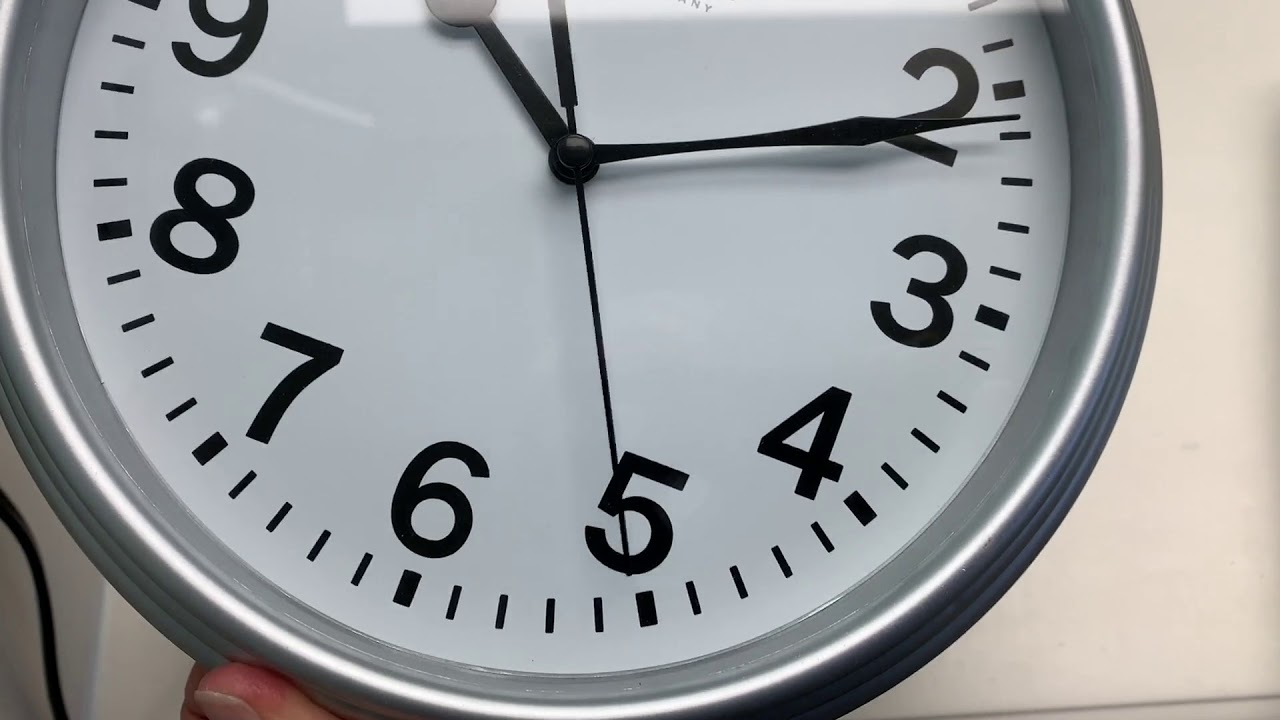

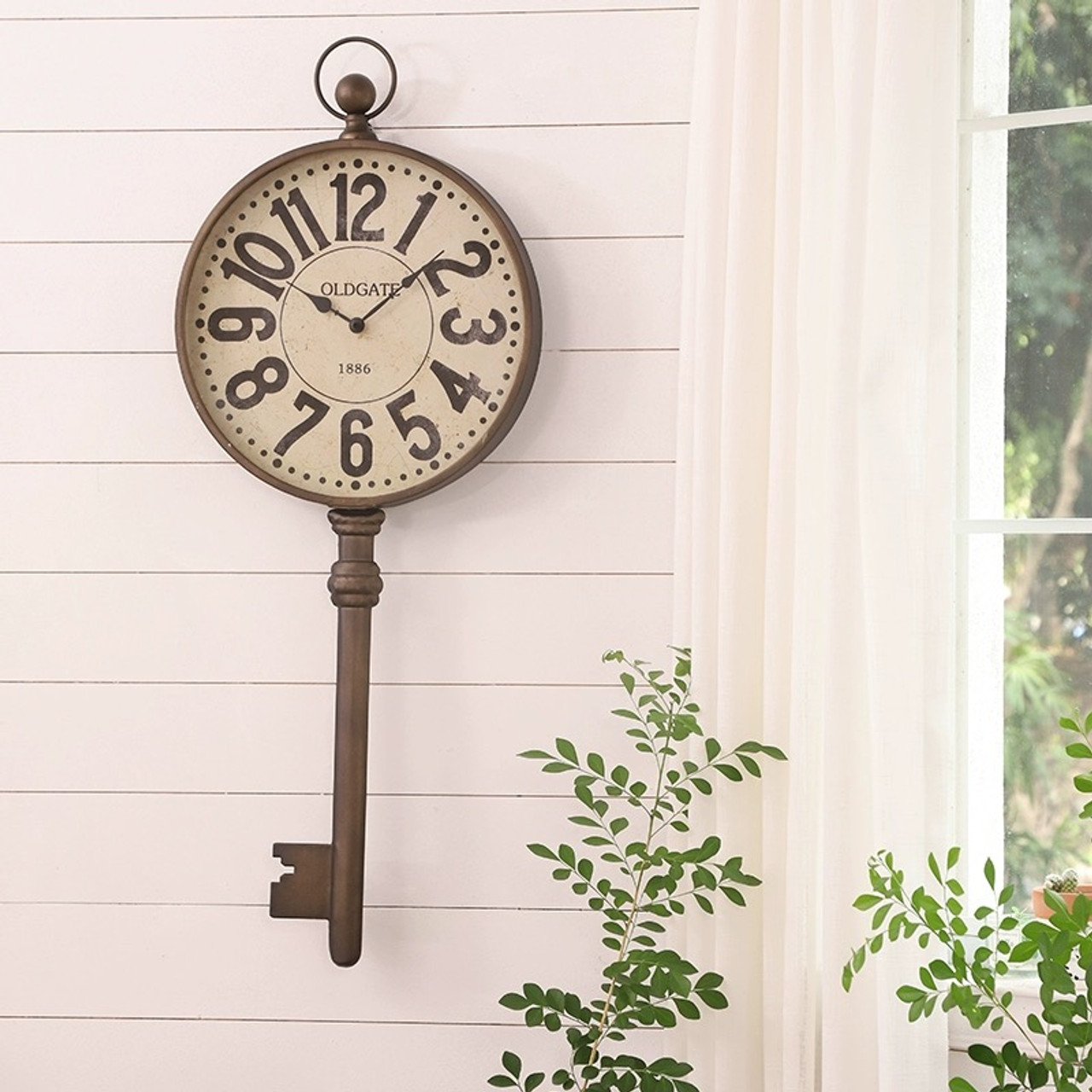
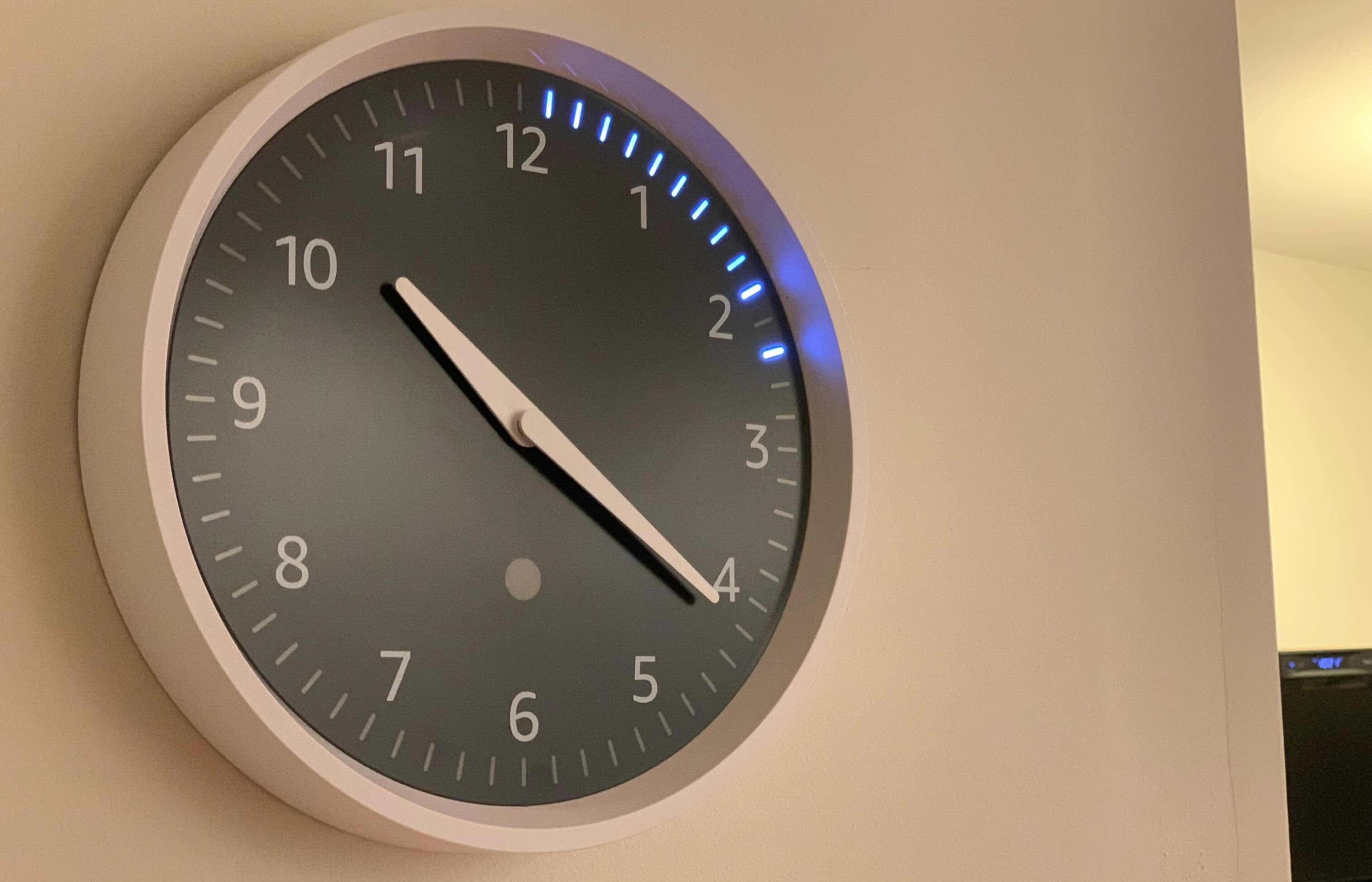
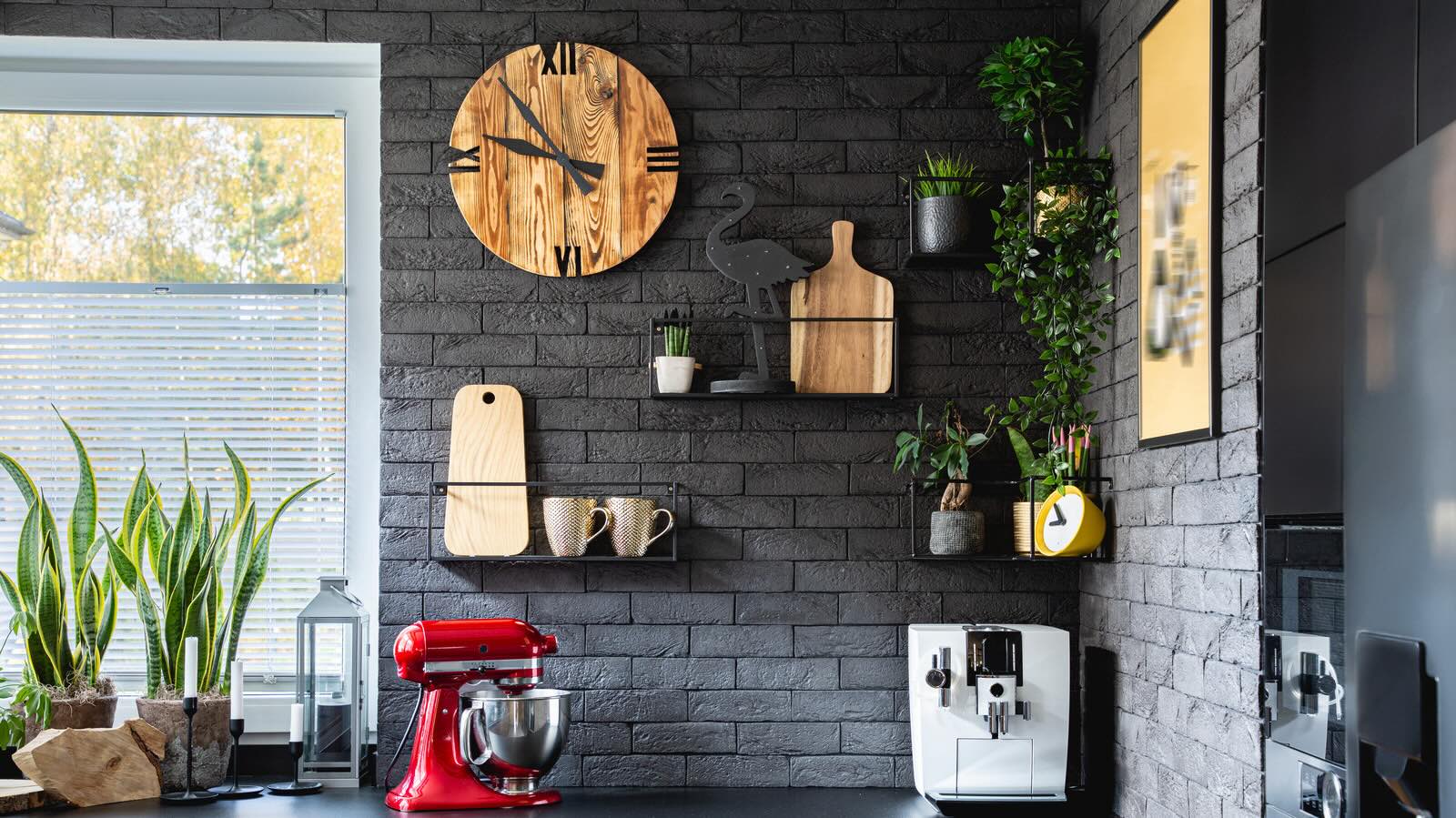
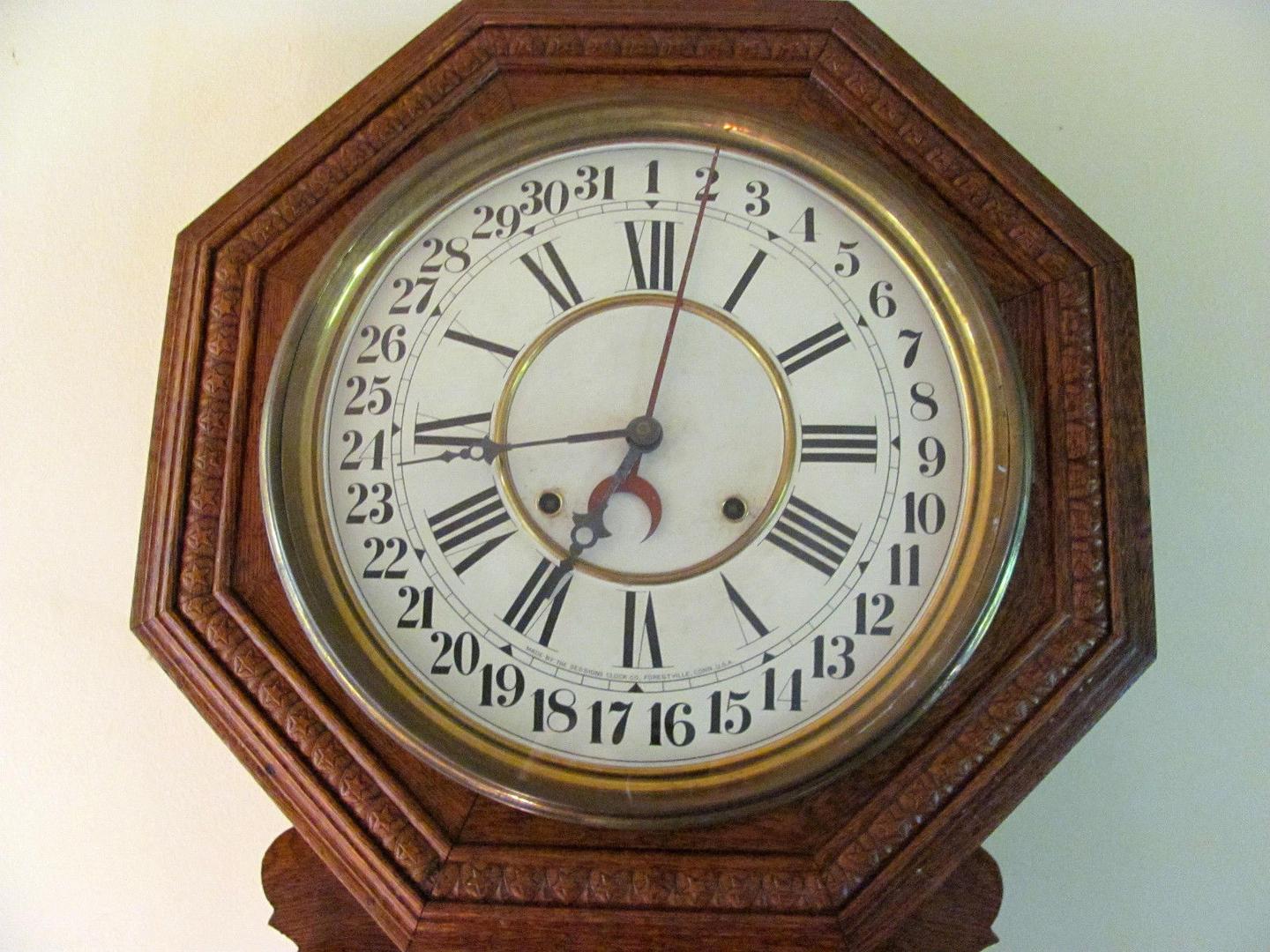
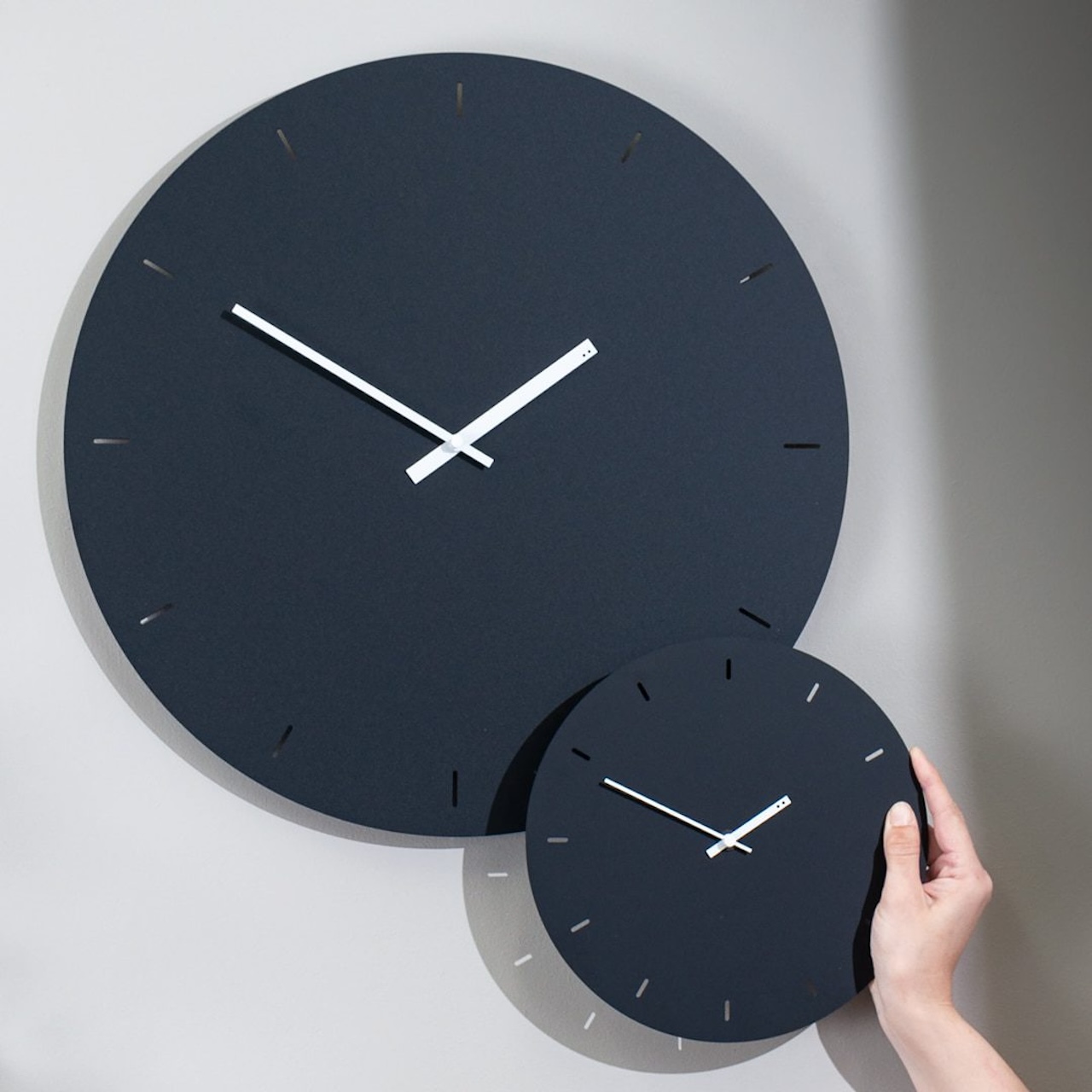

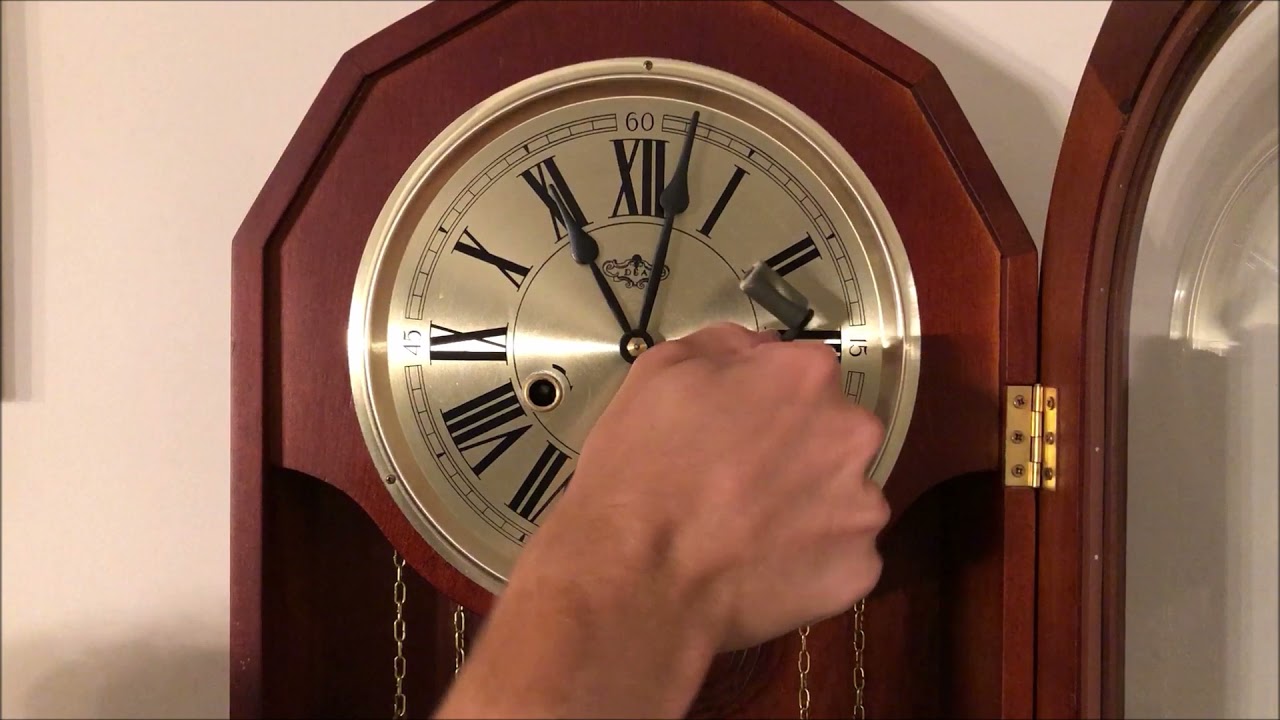
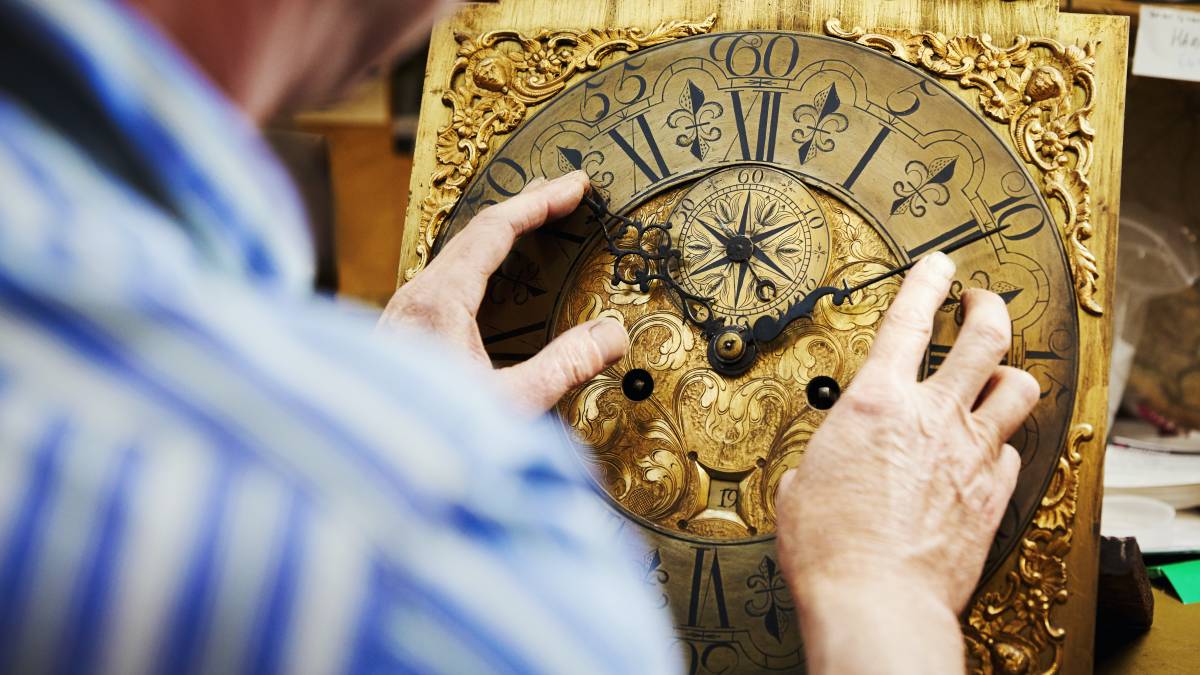
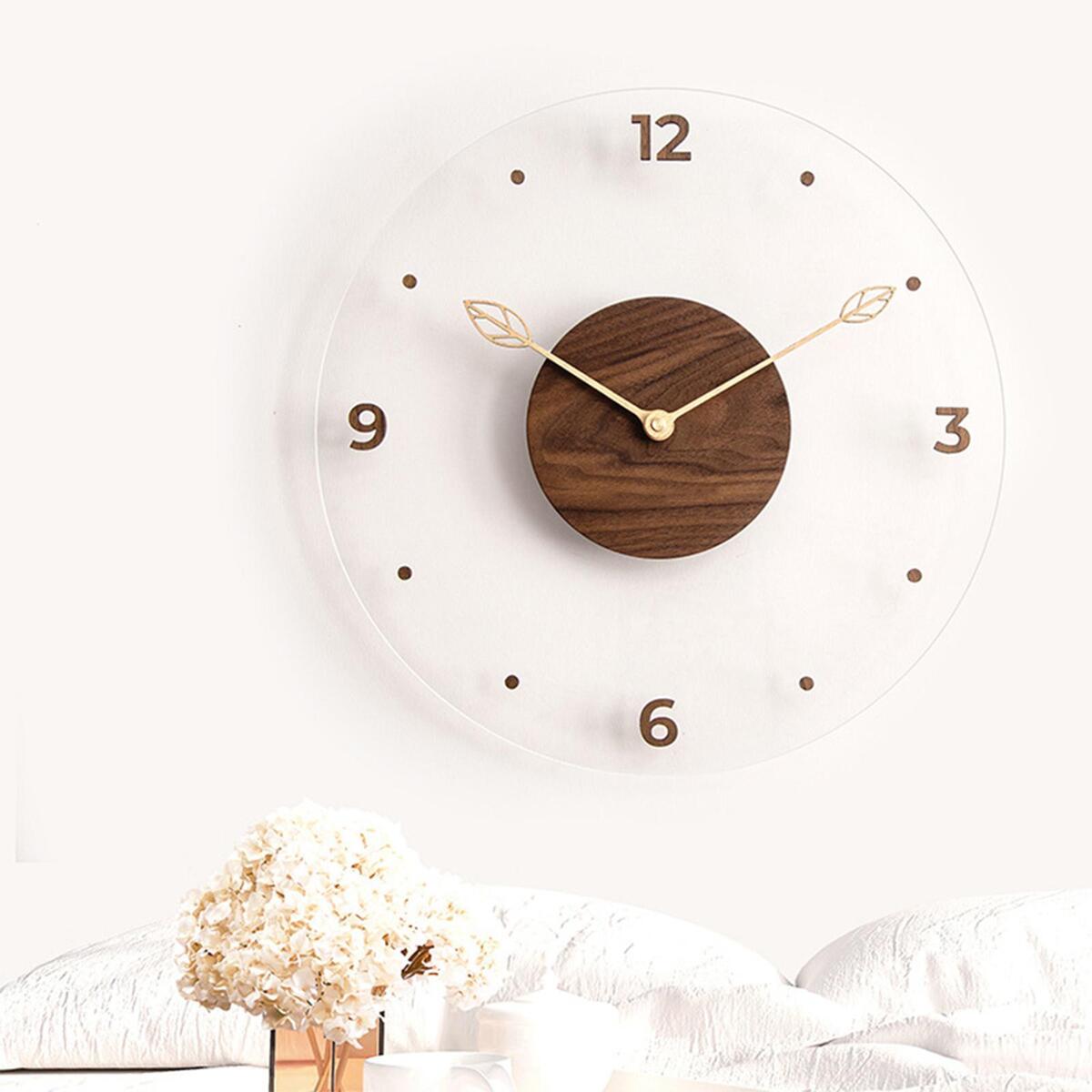
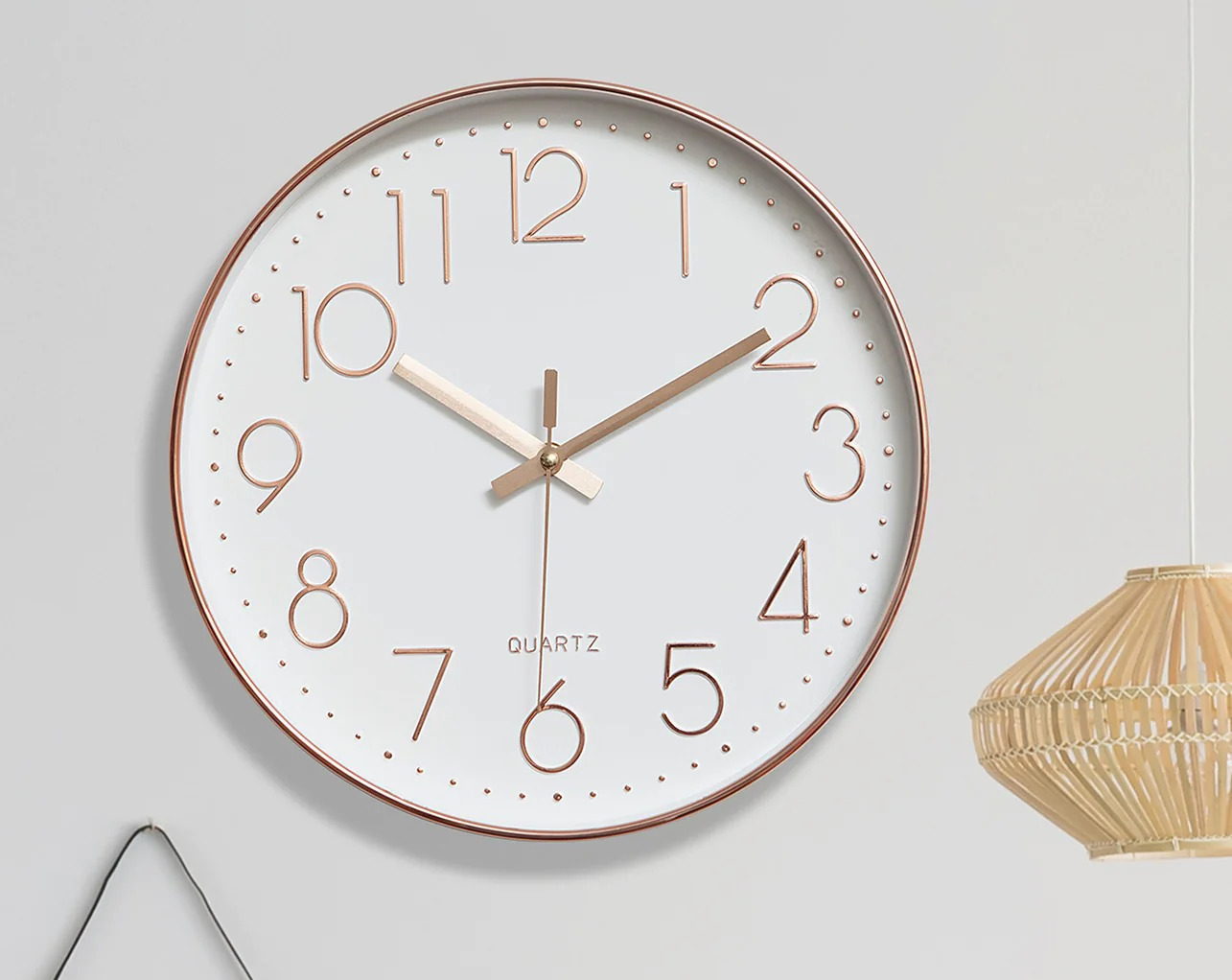
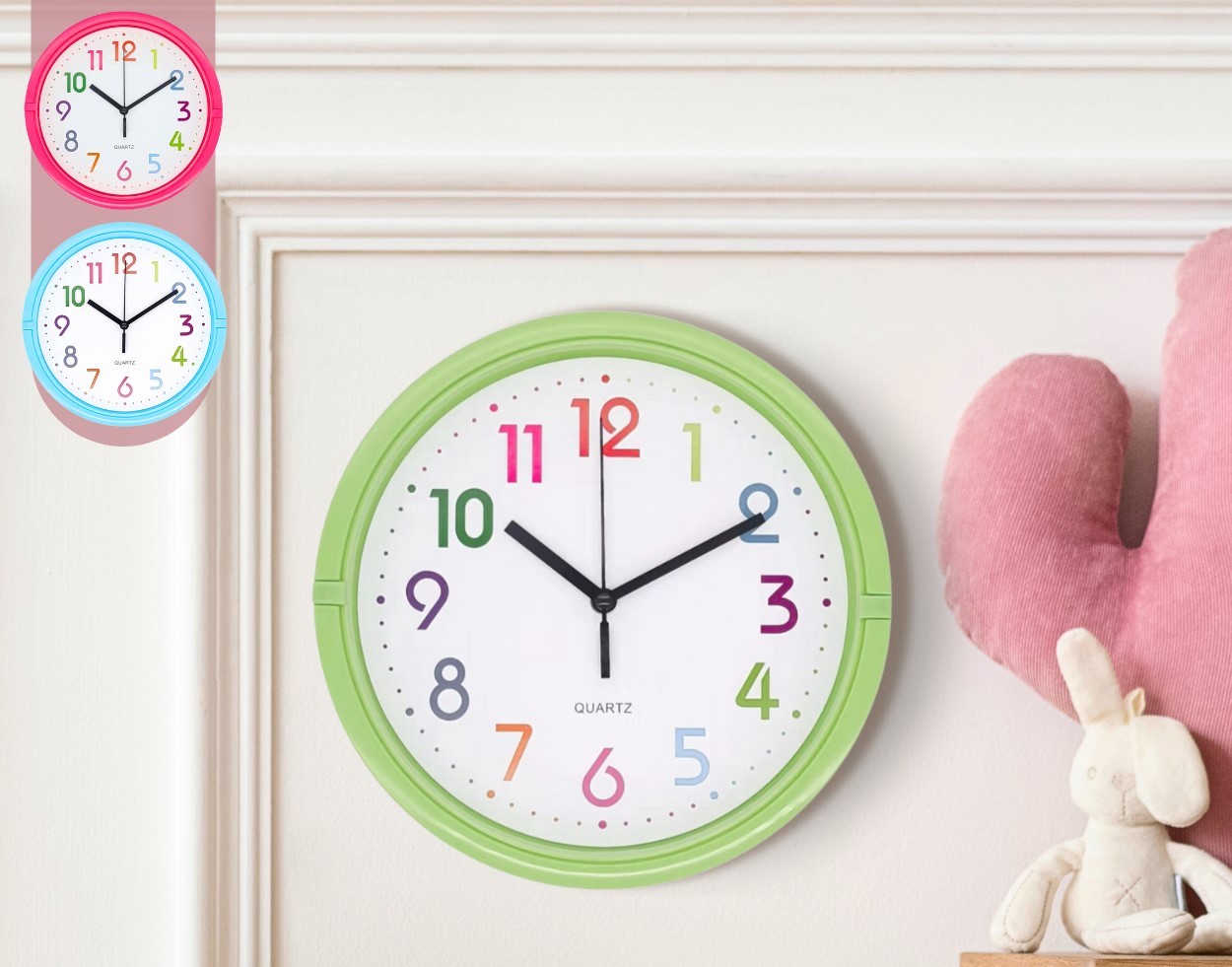

0 thoughts on “How Many Hands Are There In A Wall Clock”